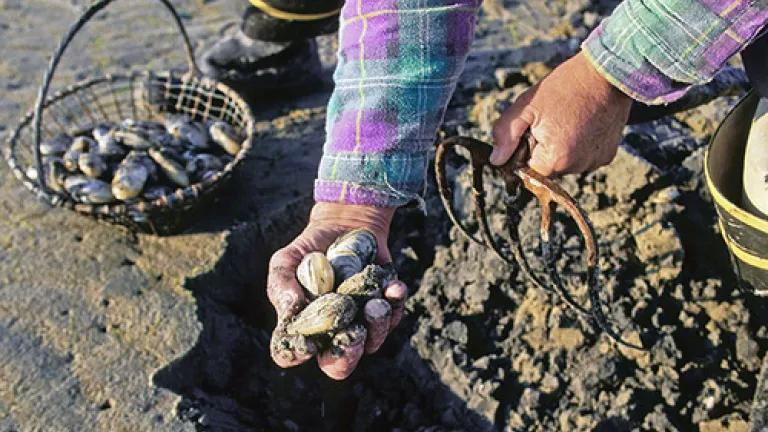
Chad Coffin, president of the Maine Clammers Association, worries about Maine’s mudflats. That’s because in some areas these low-lying coastal wetlands have become acidic enough to kill young clams before they reach maturity. “Ocean acidification is a deep concern,” says Coffin, as it threatens the livelihoods of the region’s shellfish growers. Driven by fossil fuel emissions, ocean acidification is changing ocean pH worldwide: on average, the ocean’s chemistry appears to be shifting faster than it has in 300 million years. Globally, the pH of surface waters has declined by approximately 30% on average since the start of the industrial revolution, and acidity is expected to double in the next century if we continue to pollute our waters with excess carbon.
But these global statistics don’t offer a good sense of what is happening locally. The Gulf of Maine is one of many “hot spots” around the United States where scientists believe the effects of ocean acidification have been amplified by local conditions such as natural currents and weather patterns, colder waters and pollution. When these hot spots coincide with vulnerable marine resources, such as clams in Maine, oysters in the Pacific Northwest, or coral reefs in Florida, the risk to local communities and economies is high. Visit the NRDC Ocean Acidification website to read the stories of Chad Coffin and others who depend on healthy waters, and to learn what NRDC is doing to address this environmental threat.

